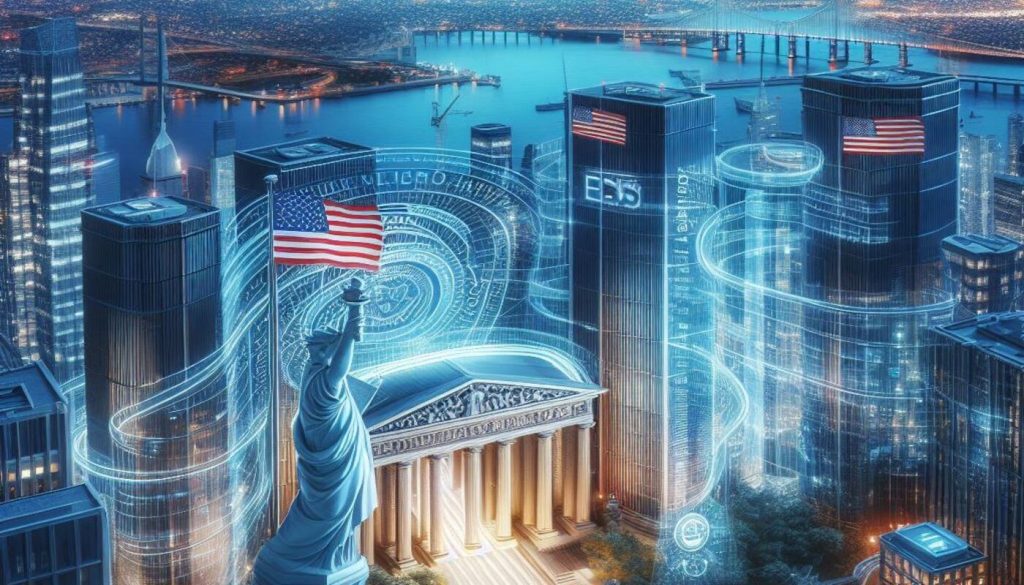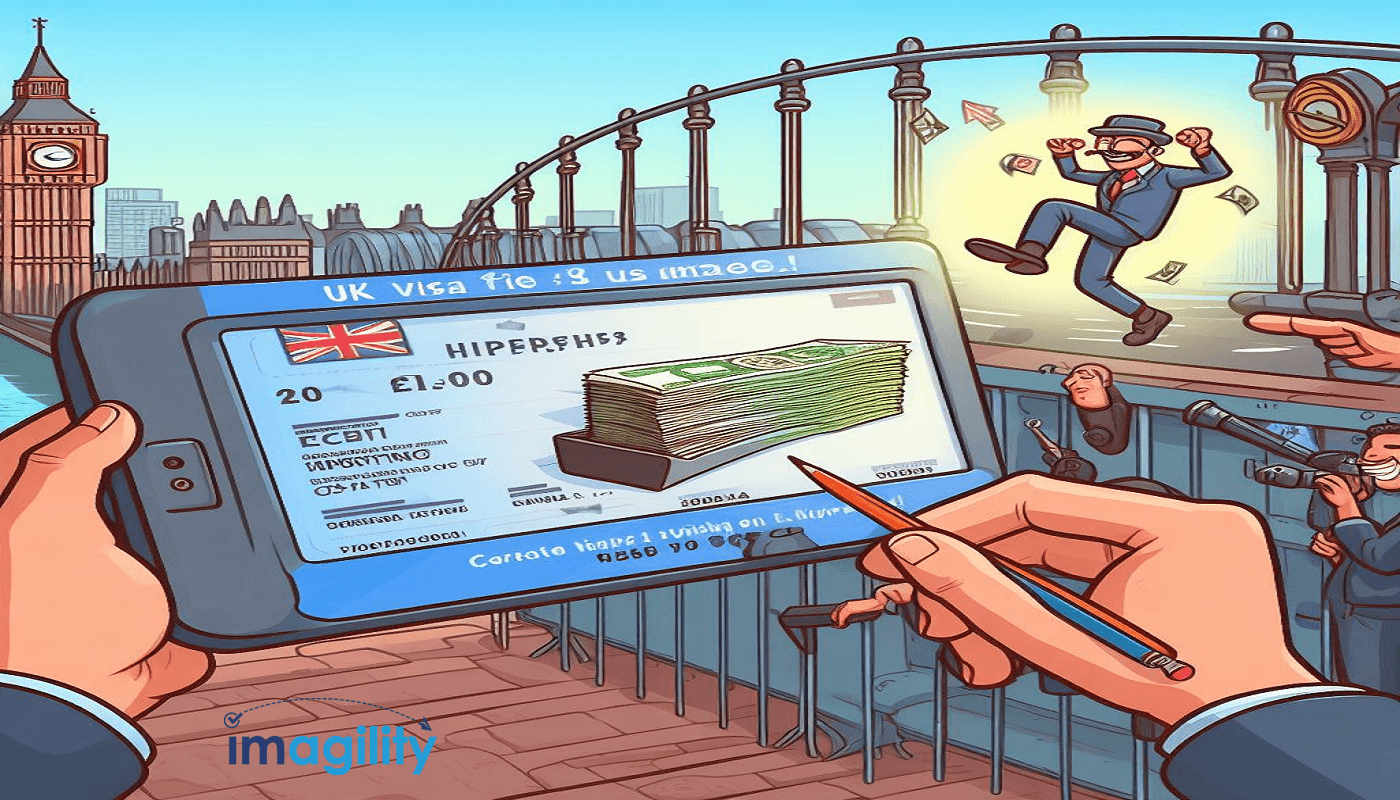The EB-5 Immigrant Investor Program, initiated by the United States Congress in 1990, stands as a pivotal source of financial support for real estate development projects in the country. This program allows overseas investors to obtain US visas by investing in a commercial entity that creates or sustains a minimum of 10 permanent jobs for American workers. Over the years, the EB-5 market has witnessed shifts in dynamics, particularly in investor preferences and emerging trends.
In the contemporary market landscape, overseas investors are showing a growing inclination towards significant urban real estate development projects. These projects, promising substantial return on investment (ROI) and perceived as secure, align with evolving EB-5 visa procedures. The surge in urbanization and metropolitan development further amplifies opportunities for real estate projects, catering to the preferences of investors.
Historically dominated by Chinese nationals, the EB-5 investor pool underwent a transformation post-2017, with investors from other developing countries in Asia, including India, Vietnam, and South Korea, gaining prominence. The financial progress in these nations has fueled the desire for a better future, prompting increased demand for the EB-5 visa as an alternative to H-1B visas.
With the rising popularity of the EB-5 program, the market has witnessed a trend toward increased transparency and regulatory directives. Stricter legal frameworks have been implemented in response to cases of fraud and mismanagement, emphasizing greater scrutiny and supervision of EB-5 projects to protect investor interests and the national economy.
Emerging opportunities in the EB-5 real estate investment program include the untapped potential of economic housing projects. Meeting the demand for affordable single-family homes in various US metropolitan and suburban areas, EB-5 programs not only offer investors lucrative returns but also enable them to contribute to society.
Additionally, there is a noticeable shift towards sustainable and eco-friendly building projects within the EB-5 market. Investors are drawn to projects that benefit the environment and provide long-term cost savings. These eco-friendly buildings serve as enticing investment options for EB-5 investors, aligning with the industry’s focus on responsible development.
Infrastructure development projects emerge as another avenue of great potential for EB-5 investors seeking new opportunities in the real estate sector. Given the recent infrastructure shortfall in the United States, EB-5 investments are uniquely positioned to address these gaps, offering secure and profitable returns while contributing to community development in areas such as roads and transportation.
Source: MSN

















